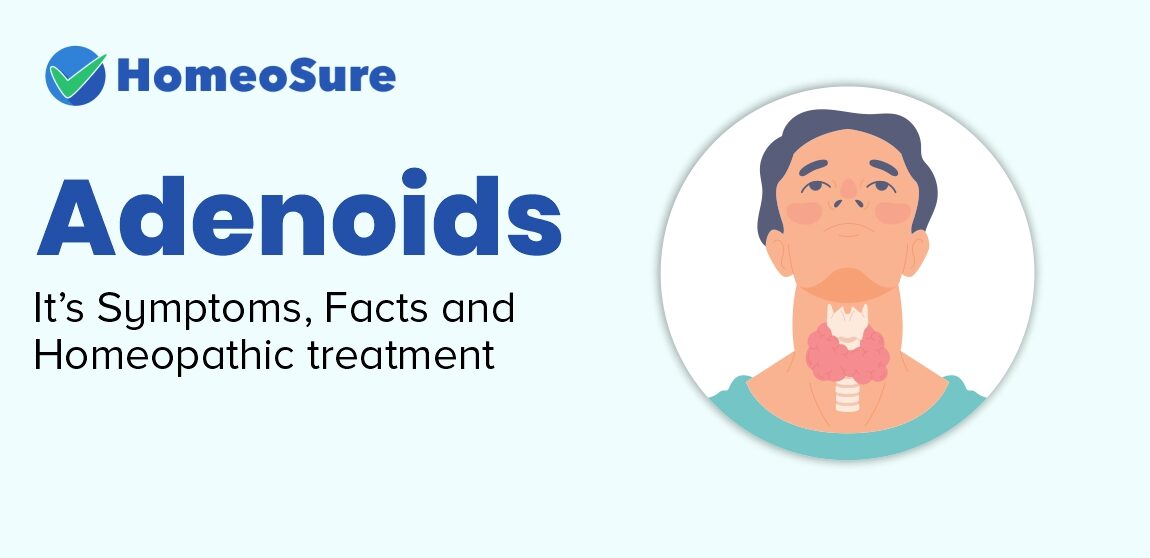- Stuffy Nose of your child
- Snoring and sudden absence of breath while sleeping
- Sinusitis and other infections in ears, nose and throat
If these condition is found in your child, consult your doctor immediately.
Adenoids enlargement causes an atypical appearance of the face, known as Adenoid facies. Features of Adenoid facies include:
- Mouth breathing
- Elongated face
- Prominent incisors (upper 4 and lower 4 front teeth)
- Hypoplastic maxilla (underdeveloped upper jaw)
- Short upper lip
- Elevated nostrils
- High arched palate
Homeopathy has an excellent track record in Treatment for Adenoids and helps to prevent impending surgery usually performed in these cases. Homeopathic medicines are natural, without any side-effects and completely safe for children. Adenoids treatment in Homeopathy is only treatment of Adenoids that doesn’t require any surgery.
Homeopathic treatment is targeted towards UPROOTING THE DISEASE and ensuring health with no side effects. For prescribing to an individual, a PLAN OF TREATMENT is followed which involves:
- Getting through understanding of the case which includes complete case taking (analyzing patient as an individual) along with patient history and family history
- Diagnosis of patient and disease
- Individual Assessment of the case
- Prescribing the most suitable individual constitutional remedy
